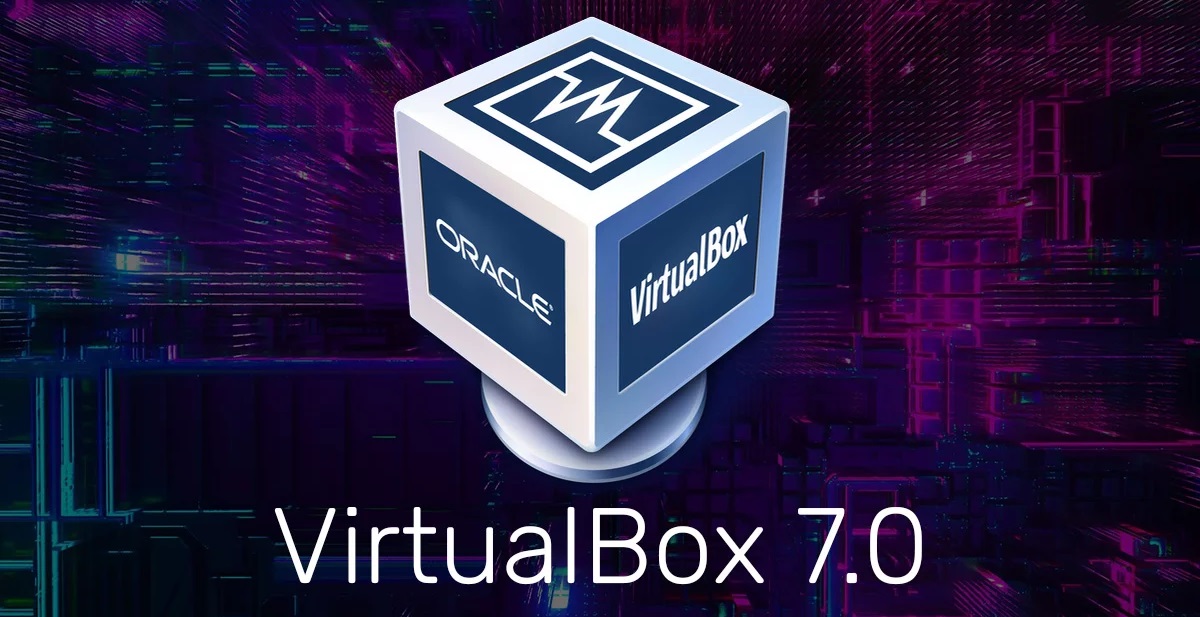
VM VirtualBox is virtualization software for x86/amd64 architectures
Oracle announced the release of the new corrective version of the popular virtualization system, "VirtualBox 7.0.10", which manages to solve about 23 corrections. It is worth mentioning that at the same time of the release the VirtualBox 6.1.46 branch update was also formed.
For those who are unaware of VirtualBox, I can tell you that this is a cross-platform virtualization tool, which gives us the possibility of creating virtual drives where we can install an operating system within the one we normally use.
Main new features of VirtualBox 7.0.10
With the release of the new corrective version, it was also disclosed the version of VirtualBox 6.1.46 This includes 14 changes, including support for the Linux 6.4 kernel and RHEL 8.8, 8.9, and 9.3 kernel packages.
For the specific part of the new version of VirtualBox 7.0.10 we can find that the Initial support for OpenGL 4.1.
Another of the changes that stands out are the improvements for Guest Additions for Linux and that is that the Linux kernel 6.4 support and also added Initial support for the Linux 6.5 kernel in Linux Host Additions (not yet supported in Guest Additions). Linux-based host and guest additions include support for the kernel from the RHEL 8.8, 8.9, and 9.3 distributions.
It is also noted that general improvements have been made to the installer and an issue with rebuilding kernel modules on every reboot on non-X11 systems has been fixed.
In addition to this, it is noted that fixed a kernel crash when reloading the vboxvideo module on some guest systems.
On the other hand when running on a pipewire-pulse system, it uses the backend for the PulseAudio sound server instead of the ALSA sound system, as well as improved support for OCI images and that made general UI improvements.
Of the other changes that stand out:
- Added initial support for the IBT (Indirect Branch Tracking) protection mechanism.
- Improved application verification in the kernel module verification system by digital signature.
- Fixed a crash when using a configured TPM 1.2 on a virtual machine.
Fixed various 3D graphics issues in Windows 11 guests - Improved plugin installer for Solaris and macOS hosts.
- Improved graphics drivers for Windows guests.
- Additions for Windows-based hosts and guests provide support for certificates based on ECDSA digital signatures.
- Fixed performance issues in macOS 13.3 environments.
If you are interested in knowing more about it about the release of this version you can consult the details in the following link.
How to install VirtualBox 7.0.10 on Ubuntu and derivatives?
For those who are already VirtualBox users and they have not yet updated to the new version, they should know that they can only update by opening a terminal and typing the following command in it:
sudo apt update sudo apt upgrade
Now for those who are not yet users, you should know that before installing, they need to ensure that hardware virtualization is enabled. If they are using an Intel processor, they must enable VT-x or VT-d from their computer's BIOS.
In the case of Ubuntu and derivatives, we have two methods to install the application or, where appropriate, update to the new version.
The first method is by downloading the "deb" package offered from the official website of the application. The link is this.
The other method is adding the repository to the system. To add the official VirtualBox package repository, they should open a terminal with Ctrl + Alt + T and run the following command:
echo "deb https://download.virtualbox.org/virtualbox/debian $(lsb_release -cs) contrib" | sudo tee /etc/apt/sources.list.d/virtualbox.list
Done this now We must add the public PGP key from the official VirtualBox packages repository to the system.
Otherwise, we will not be able to use the official VirtualBox package repository. To add the public PGP key from the official VirtualBox package repository, run the following command:
wget -q https://www.virtualbox.org/download/oracle_vbox_2016.asc -O- | sudo apt-key add -
We must update the APT package repository with the following command:
sudo apt-get update
Once this is done, now we are going to proceed to install VirtualBox to the system with:
sudo apt install virtualbox-7.0
And ready with it, we can use the new version of VirtualBox in our system.